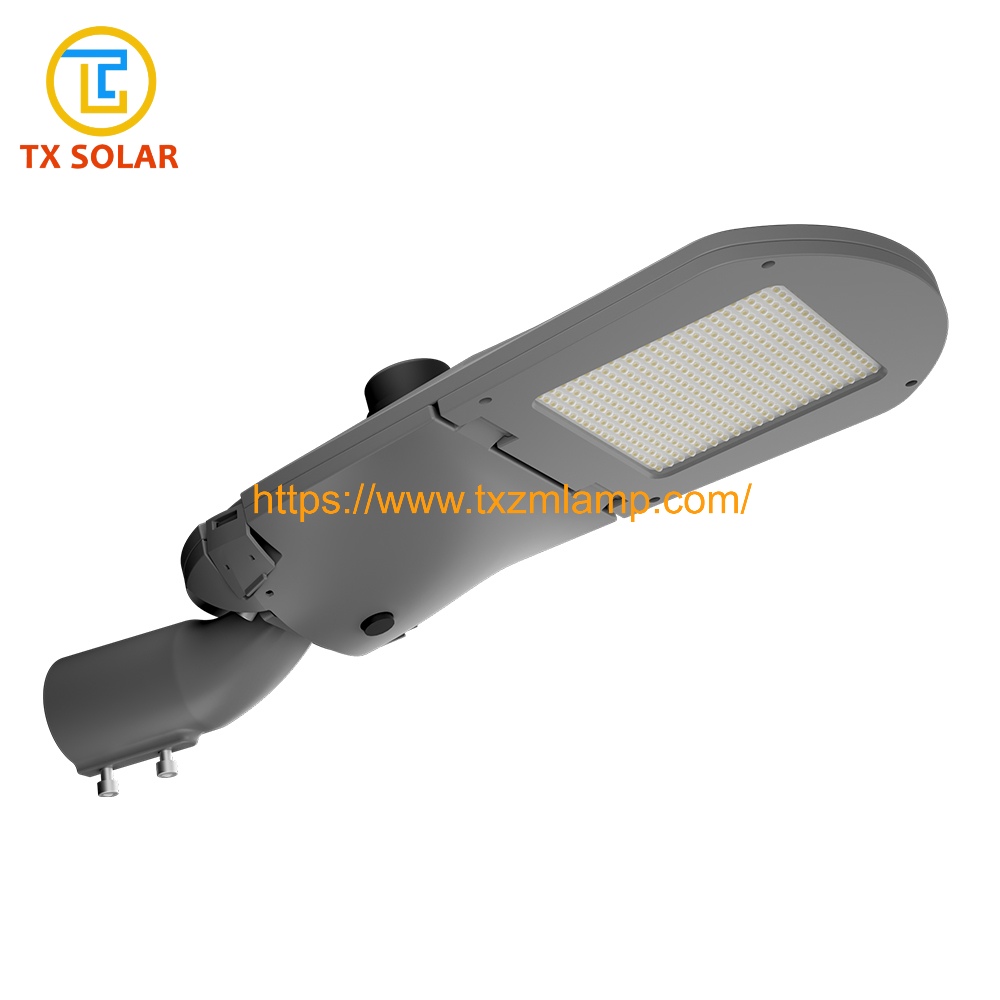Glare in LED street lights is primarily caused by a combination of lamp design, light source characteristics, and environmental factors. It can be mitigated by optimizing the lamp structure and adjusting the usage scenario.
1. Understanding Glare
What is Glare?
Glare refers to a visual phenomenon in which improper brightness distribution or extreme brightness contrast in space or time within the field of view leads to decreased visual function or discomfort. Simply put, glare occurs when excessively bright light enters the eye directly or reflects off a smooth surface, causing glare and making it difficult to see objects.
Classifications of Glare
Direct glare: Glare caused by strong light emitted directly from a light source, entering the human eye without any shielding. For example, in some lamps without a lampshade, the LEDs are directly exposed, and the strong light emitted can easily cause direct glare.
Indirect glare: Indirect glare, also called reflected glare, is glare caused by light reflecting off smooth surfaces such as mirrors, glass, and polished tabletops.
Dangers of Glare
Glare not only causes visual discomfort, but prolonged exposure to glare can also reduce visual efficiency, leading to eye fatigue, dryness, and even vision damage. In places with high visual requirements, such as schools, hospitals, and offices, glare can affect work and learning efficiency. In road lighting, glare can interfere with drivers' vision and cause traffic accidents.

TIANXIANG No. 10 Anti-glare LED Street Lights optimize their light distribution curves to strictly control glare within industry low-glare standards, ensuring clear vision for drivers at night and preventing delayed reaction times caused by glare.
2. Causes of Glare in LED Lamp Beads
Lamp Bead Brightness and Luminous Area
The higher the brightness of an LED lamp bead and the smaller its luminous area, the greater the light intensity per unit area, making it more susceptible to glare. When small, high-brightness lamp beads are not effectively treated, the strong light they emit can cause significant irritation to the human eye.
Improper Lamp Design
Lamp design, shading angle, and other factors significantly influence the generation of glare. If a lamp's light distribution curve is not optimal, resulting in uneven light distribution and excessive light intensity in some areas, glare can easily occur. Furthermore, if the lamp's shading angle is too narrow, failing to effectively shield the LEDs, the glare problem can also be exacerbated.
Environmental Factors
The brightness contrast of the surrounding environment can also affect glare perception. When the environment is dim and the LEDs are bright, the brightness contrast is too great, making glare more noticeable.
3. Methods for Reducing Glare
Choosing Appropriate LEDs
Low-Brightness, Large-Emitting-Area LEDs: LEDs with moderate brightness and large luminous areas are preferred. These have relatively low light intensity per unit area, which can reduce glare. For example, some LEDs using COB packaging technology integrate multiple chips onto a larger substrate, increasing the luminous area and effectively reducing the risk of glare.
Lamps with Anti-Glare Designs: Some LEDs incorporate special optical structures, such as diffuse reflective coatings and lenses, to disperse light, reduce light intensity, and thus minimize glare. Optimize lamp design.
Reasonable light distribution design: By optimizing the lamp's light distribution curve, light is evenly distributed to avoid areas of excessive light intensity. For example, lamps with a batwing-shaped light distribution curve can evenly distribute light across the work area, reducing glare.
Add shading measures: Set appropriate shading angles within the lamp and use devices such as shades and grilles to block direct light and prevent the lamp beads from being directly visible to the human eye. Alternatively, lampshades made of diffusely reflective materials can soften the light after multiple reflections, reducing glare.
Technology is leading the new future of lighting. TIANXIANG street lamps utilize cutting-edge anti-glare technology. Through sophisticated optical design and high-quality optical materials, they achieve precise control of light, elevating anti-glare effectiveness to a new level and bringing a brand-new solution to urban lighting.
Post time: Sep-02-2025

